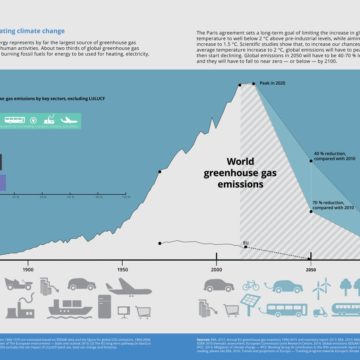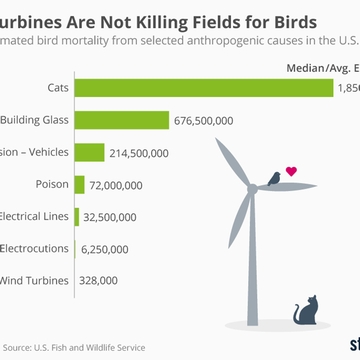Colorado Green
By Erin Shelton

Solar energy is a renewable resource that is both carbon-free in its generation of electricity and widely available.1 Two types of solar energy, concentrating solar power (CSP) and photovoltaic (PV) technologies, both have high potential for being options that will significantly lower greenhouse gas emissions in our climate. Solar energy is not an exhaustive solution, but it is a crucial solution that can contribute to the accomplishment of our climate goals. In addition to improving the state of our climate, it also positively impacts the reliability and resiliency of our electric sources which can help in circumstances of natural disasters and storms. For example, you can predict when renewable energy may not work (e.g., when it is not sunny) and can plan accordingly.2 On the other hand, fossil fuels are much more unpredictable in when they will not be functional. In terms of life-cycle, solar energy produces less greenhouse gas emissions when compared to conventional fossil fuel energy.1 Some greenhouse gas emissions may be released during the manufacture and recycle of solar energy technologies, but no emissions are released during the actual generation of solar energy.
In terms of cost, solar energy is rapidly becoming comparable to fossil fuel prices and it has already become more cost-effective in some places.2 For example, solar energy can generate up to ninety percent of hot water heating needed in Canadian residential and commercial spaces at a fraction of the cost it would be to heat the water using other electrical means.3 It is a one-time investment that allows consumers to reap benefits in the long-term. Furthermore, between 2002 and 2013, Double Bottom Line investors reported that the top ten states leading in renewable energy had lower electricity price increases than the bottom ten states.2 From 2009 to 2016, the cost of using solar energy to produce electricity decreased by seventy-eight percent and the usage rates of solar energy is expected to double its 2015 values by 2021.
There are also non-market benefits that arise from renewable energy.2 It was estimated by the Lawrence Berkeley National Laboratory that renewable energy was associated with almost 200,000 jobs, $5.2 billion dollars in health benefits, and $2.2 billion dollars in global climate benefits. Some of these health benefits include reduced risk of respiratory issues, several forms of cancer, and cardiovascular issues.3 Solar energy, as a form of renewable energy, partly achieves these health benefits through its reduction of air and water pollution. When the benefits of solar energy are compared to planting trees, it has been determined that a 1 MW solar power plant can reduce carbon emissions by approximately 1,000 tons – the equivalent of planting 5,000 trees annually.
1. Climate Change. Solar Energy Industries Association.
2. Long N, Steinberger K. Renewable Energy is Key to Fighting Climate Change. Natural Resources Defense Council. July 26, 2016.
3. Priyanka, Manaswita. Fighting Climate Change with Solar Energy. Claro Energy.




